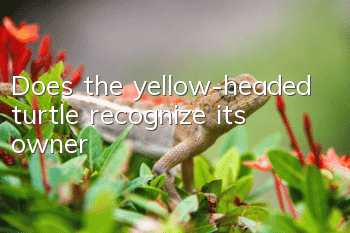largest snake in the world

The largest snake in the world is the Amazon anaconda, which lives in South America. It can be more than 10 meters long, weigh more than 225 kilograms, and is as thick as the torso of an adult man; but the average length of the anaconda is 5 About meters. The Amazon anaconda is at the top of the South American food chain and has a relatively large population.
Morphological characteristics of the Amazon anaconda
The young of the Amazon anaconda are ovoviviparous, and sometimes there are about 70 in one litter. But many baby anacondas are eaten by caimans. They like to live in swamps, shallow streams and still rivers, and are the most hydrophilic snakes. Anacondas are mostly active at night, but they are often seen basking in the sun during the day.
The anaconda’s mouth can open up and down to about 180 degrees. The four rows of teeth can move independently. There is no chin. The two rows of teeth in the middle of the upper palate can move up and down, which is conducive to swallowing prey. Its snake skin It can stretch, allowing it to swallow prey larger than itself. The anaconda's tongue is a chemical detector, its scales can sense whether prey is moving, and its eyes are heat sensors. Their trachea is in the throat. When swallowing prey, their trachea is outside, so there is no need to worry about tracheal obstruction.
About the cannibalism of anacondas in the Amazon
Although the cannibalism of anacondas has never been confirmed, people who disappear in the swamp often It is believed that he was buried in the belly of a snake. Even seasoned experts have been stalked by giant snakes. The anaconda's teeth are bent backwards, and once it becomes entangled, you can't hope to free it with your hands. If your hands or feet are bitten by these big guys, you must resist the instinct to pull your hands and feet out of the giant snake's mouth, otherwise the injury will be more serious.
- How many owners does a fox know?
- Do poisonous spiders recognize their owners?
- Will a venomous snake recognize its owner?
- Should turtles with pneumonia be kept dry or in shallow water?
- Can Chinese tortoises be kept in deep water?
- Does Pure Buddha recognize its master?
- Can turtles survive temperatures of 38 degrees Celsius?
- Do ants recognize their owners?
- Do wild scorpions recognize their owners?
- Do cane toads recognize their owners?



